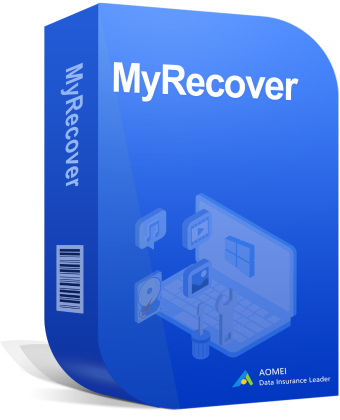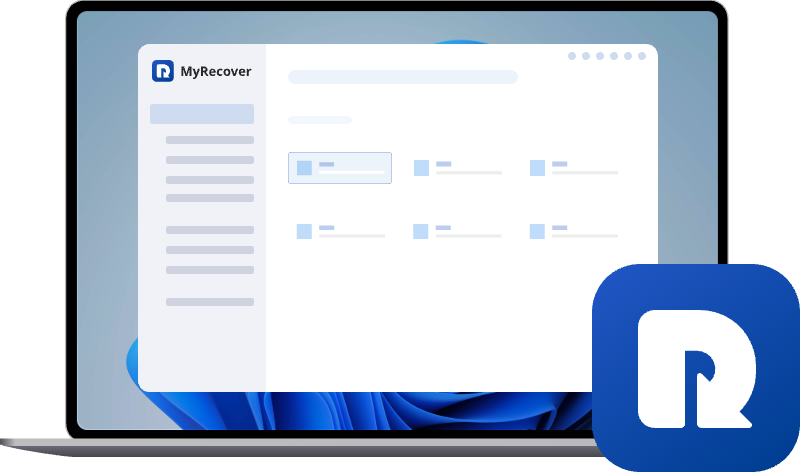3 Methods: Recover Cut Files from SD Card
Accidentally cutting files from an SD card can lead to unexpected data loss, but in most cases, they can still be recovered. This guide explains three reliable methods to restore cut files. Follow our step-by-step instructions to recover cut files or photos from SD card safely and effectively.
Accidentally Cut Files from SD Card? Possible to Recover?
I was organizing photos on my SD card. I cut several high-resolution images from the card, intending to move them to a folder on my desktop. But after the operation: The photos did not appear in the destination folder. They were also no longer visible on the SD card. Why this occurs? Is it possible to recover the cutting files from SD card? Any help will be greatly appreciated!
Yes, in most cases, cut files from an SD card can be recovered. When you cut and paste files, the original data is removed from the SD card and temporarily stored in the clipboard. If the paste operation fails or the files are not moved to another location, the data may no longer appear on the card—but the underlying file data often remains intact until it is overwritten by new data.
Why Cut Files From SD Card Get Lost?
When files disappear after being cut from an SD card, it’s usually due to one of several common reasons:
1. Cut-and-Paste Operation Failed
If the SD card was removed suddenly or the computer crashed during the cut-and-paste process, the files may not transfer to the destination.The original files on the SD card can also be lost or temporarily hidden.
2. File System Errors
SD cards can develop corrupted file tables or allocation errors.When this happens, the operating system may no longer display the files, even though the data still exists physically on the card.
3. Hidden or Moved Files
Some operating systems or software may temporarily hide cut files in system folders or assign a hidden attribute.The files may appear missing but can still be recovered.
4. Accidental Deletion During Cut
Rarely, the "cut"operation may actually delete the file if the system interprets it incorrectly, especially when using external drives or memory cards.
5. SD Card Connection Issues
Faulty card readers or unstable connections can cause incomplete transfers, leaving files invisible in both the original and destination locations.
How to Recover Cut Files from SD Card? 3 Methods
Below are three practical methods you can follow now to try to recover files that disappeared after you cut them from an SD card.
- Preparation:✎...
- Insert the SD card via a card reader into your Windows computer and note its drive letter (e.g., E:). Preparea destination drive with enough free space (e.g., D:).
Method 1: Undo The Cut (Immediate, Easiest)
If you found the files are missing right after the cut operation and you haven't closed the destinati on window or performed many other actions, you can use the system’s Undo feature to reverse the cut operation and restore files to their original location.
- In the destination window, press Ctrl + Z (Windows) to undo the last file operation. Check the destination and original folders for the files.
- If Undo is not available, look in the Recycle Bin — sometimes files get moved there.
- Also search the destination folder for hidden files: check "hidden items" in Windows File Explorer.
Method 2: Use Windows File Recovery Command-line (Advanced)
If "Undo" didn’t work, you can turn to Microsoft Windows File Recovery tool. It is able to recover recently deleted files or cut files, especially from removable drives. Requires Windows 10/11 and some command-line skills.
Step 1. Install Windows File Recovery from the Microsoft Store.
Step 2. Open Command Prompt as Administrator by pressing Win+X, selecting Command Prompt (Admin).
Step 3. Run For simple recent deletions, try Regular mode. Example command (recover JPGs and PNGs):
winfr H: D: /regular /n *.jpg /n *.png
Replace H: and D: with your source and destination letters, and change the filename pattern as needed.
If Regular mode finds nothing, use Extensive mode (slower but deeper):
winfr H: D: /extensive /n *.jpg /n *.png
Follow on-screen prompts and check the destination folder for recovered files.
Method 3: Use MyRecover (GUI, Easiest for Most Users)
Want a simple, user-friendly GUI method that doesn’t require command-line skills? Try MyRecover, a professioal data recovery tool for Windows PC and Server users. It is great for beginners and when you want preview/filters.This software can run Quick and Deep scans, locates deleted or cut files on the SD card, and lets you preview and restore them to another drive.

- Recover 1000+ File Types
- Supports 500+ Devices
- Handles 500+ Data Loss Scenarios
- High Recovery Success Rate
Step 1. Install MyRecover on a different drive (not the SD card). Launch it, select the SD card from the device list, and click "Scan".
Step 2. If files don’t appear after a default "Quick Scan", run "Deep Scan" maunally.
Step 3. Use the "Filter" to narrow results by file type (e.g., .jpg, .raw). Preview the files to confirm they’re the ones you want.
Step 4. Select files and click "Recover", then choose a different target drive to save them.
Then wait for the recovery process to be completed. You will see a mini window that indicates the total number and the new path of the recovered cut files from SD card as long as it is accomplished.
Conclusion
So, when you lost files after cutting them from SD card, the above 3 methods are worth a try. Choose one based on your situation and computer skills. For an easier and more satisfying recovery result, the MyRecover might be a top choice. Apart from recovering cut files from SD card, it is also excellent at restoring data after formatting SD card, deleting SD card partition, etc.


